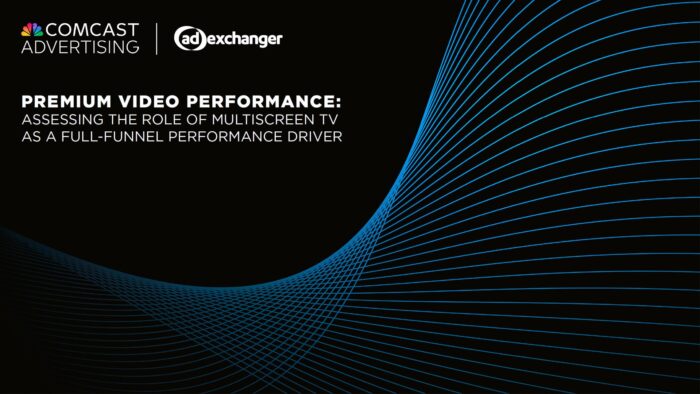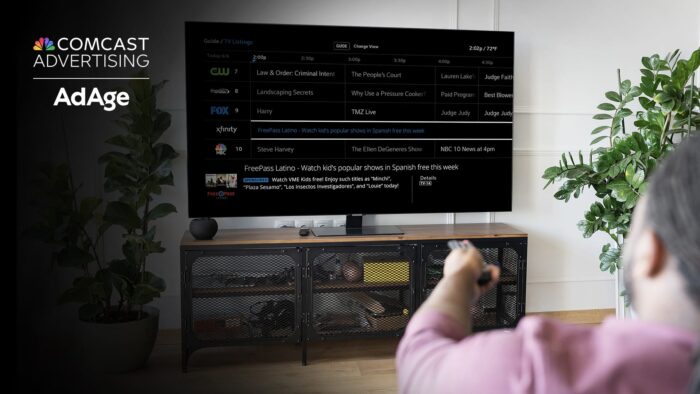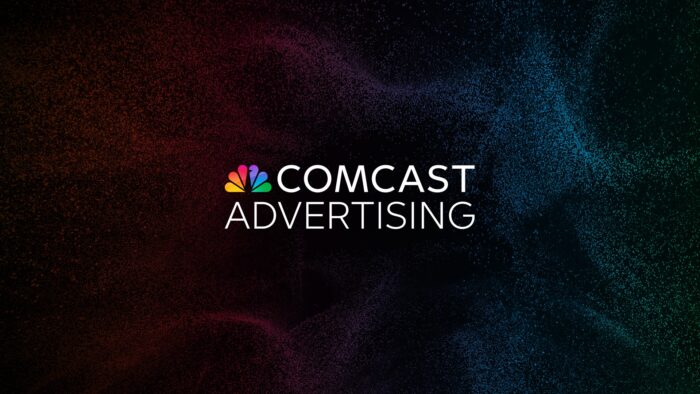The Sports Replay: A Campaign Analysis of Sports Advertising
In a fragmented video ecosystem in which every impression counts, sports advertising delivers. Attracting millions of viewers, live sports programming is the ticket to large, engaged audiences. And as more sports content shifts to streaming, new pathways open up for advertisers to reach their intended viewers.
From Awareness to Action: Proving TV’s Efficacy in Driving Results Throughout the Purchase Funnel
Multiscreen TV, traditional or streaming TV, remains a key channel for brand awareness, but many brands have shifted to social media to drive immediate results and lower-funnel goals.
Premium Video Performance: Assessing the Role of Multiscreen TV as a Full-Funnel Performance Driver
Television has always been a premier marketing channel for brands to reach audiences and build awareness. But the search for new customers has caused brands to turn to platforms like social media and its last-click attribution promise, forgoing the power of premium video for lower-funnel results.
What Political Advertisers Can Learn from the 2024 Election to Reach Voters
According to recent reports, political ad spend continues its upward trajectory with the 2024 election cycle seeing the most spend in any cycle to date – hitting a record-breaking $11 billion.
Harnessing Addressable TV Advertising to Reach "Digital-First" Gen Z
With disposable income topping $950 billion – more than double what it was a few years ago – Gen Z is an audience not to be ignored. And while they have a smorgasbord of media options to choose from, this “digital-first” generation still regularly engage with TV.
Why Do Agencies Still Embrace the Upfronts? Because TV Still Matters
With the right partners, brands today can easily tap into the power of premium video content across leading global publishers. But great premium content on TV and streaming is still finite, so the upfronts play a key role in guaranteeing purchase of this valuable entity.
Winning Strategies: Advertising Lessons from the 2024 Election Cycle
The 2024 election cycle ended by hitting another record-breaking amount in political advertising spend – reaching nearly $11 billion. While it shows no sign of slowing down, advertisers are more challenged than ever when it comes to reaching potential voters as they fragment across more screens and platforms.
The Local Advertiser's Guide to Addressable TV Advertising
Addressable TV advertising is growing as a complementary strategy for multiscreen TV advertising, as it provides more efficiency, accuracy, and accountability than traditional TV advertising alone.
The Multiscreen TV Advertising Report 2H 2024
In today’s fragmented multiscreen TV ecosystem, advertisers are facing new challenges when it comes to reaching audiences. As viewers choose between multiple screens and platforms, a diverse multiscreen TV strategy has become key to meeting audiences where they are.
Introducing Comcast Advertising’s Media Solutions
The world of multiscreen TV advertising is in constant motion. It seems every day there is a new technology or offering that promises to upend the industry. Advertisers want simplicity and performance from their media spend, and yet it’s increasingly hard to discern what moves the needle and what is just sales spin.









